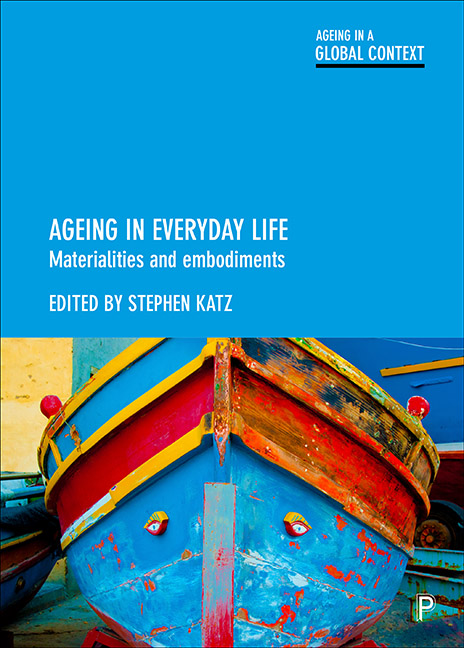Part 1 - Introduction
Published online by Cambridge University Press: 22 April 2022
Summary
In a previous project on Canadian ‘snowbird’ culture, I interviewed retired Canadians at their winter retirement residences in Florida, where they spend up to six months of the year escaping Canadian winters (Katz, 2005). It was an enlightening experience, not only for learning about residents’ backgrounds and life plans, but also about how they organised and negotiated their movements between two countries, climates, cultures and homes. Our meetings in Florida usually began with a home tour, as the residents proudly pointed out which cherished objects, mementos, gifts and photographs they chose to bring with them from Canada and what special memories and personal stories each evoked. Walking with the residents through their gardens was also a chance for me to see how they personalised their outdoor spaces to express their lives in Florida as both rooted and temporary. Aside from the interviews, I found that the world of snowbirds was brought to life through its rhythms and motions, where ‘home’ could include several familiar places between ‘here’ and ‘there’, along with the nomadic excursions between them. While gerontology has always had a strong commitment to environmental ‘person-fit’ and ‘ageing-in-place’ research, such research prioritises health-related problems of housing modification and design, residential displacement and relocation, and community care resources. The mobility of snowbirds poses something different, because it raises new questions about the relationships between biography, place, flow and settlement and their materialities. Things such as vehicles, plants, kitchen items, medicines, clothing, pictures and books were important conveyers of such relationships, as were virtual connectivity and social media, international newspapers, foods, recreational centres, healthcare services and volunteer organisations. Hence, in hindsight this research project was an education in material culture, as a realm of use and consumption, and as one of lived and symbolic significance. As such, it inspires this part of the book on ageing and materialities.
Material culture and the materialities of social worlds are familiar themes in European and American everyday sociologies; however, their application of material analyses to ageing and later life has been wanting. Thus, the idea of materialities in this part of the book serves as a conceptual starting point for understanding how specific experiences and identities of older people are grounded in their material contexts.
- Type
- Chapter
- Information
- Ageing in Everyday LifeMaterialities and Embodiments, pp. 25 - 28Publisher: Bristol University PressPrint publication year: 2018



